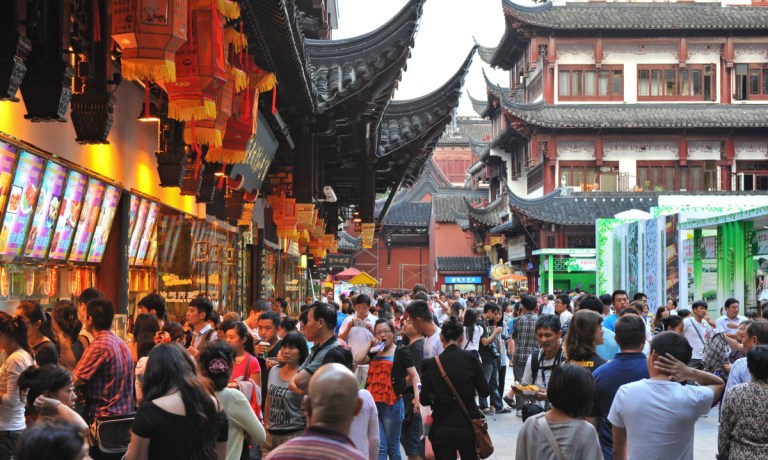Recovery of Consumer Spending in China Slowed by New Regulations

Consumer spending in China may be slow to climb back to where it was before COVID.
Although the country lifted its pandemic-era restrictions in December, consumer spending is facing obstacles to its recovery, CNBC reported Monday (May 29), citing Morgan Stanley analysts.
Those obstacles include the absence of stimulus checks in China, regulations that have eliminated 30 million jobs in the short term and 10 million in the longer term, and a slowdown in the housing market, according to the report.
Thirty million service sector jobs were eliminated by COVID-era restrictions and by the impact of China’s new regulations on education, technology and property. Twenty million will return this year and next, but 10 million will remain lost due to regulations, the report said.
The housing market has been impacted by regulations as well. That sector, which has boosted consumer spending in the past, has been impacted by the government’s moves against speculation, per the report.
With these factors keeping Chinese consumers cautious, the rate of growth of consumer spending is expected to be 9% this year but then slow to 4.8% next year — a rate that is half a percentage point slower than that seen before the pandemic, according to the report.
This report comes two days after KraneShares Chief Investment Officer Brendan Ahern told CNBC that the recovery of consumer spending in China is “not like turning on a light switch.”
While spending is recovering, it is doing so at an incremental pace, Ahern said in the Saturday (May 27) report.
The first few months of the year suggested that consumer spending in China hadn’t surged the way many anticipated it would when the government eased its pandemic restrictions in December.
“Anyone looking for China to save the global economy this year might be somewhat disappointed,” Louise Loo, China economist at Oxford Economics in Singapore, told The Wall Street Journal on April 18.
Similarly, JD.com CEO and Executive Director Lei Xu said in March that China’s recovery has been “imbalanced,” and that consumer spending in the country may not pick up until the second half of the year.